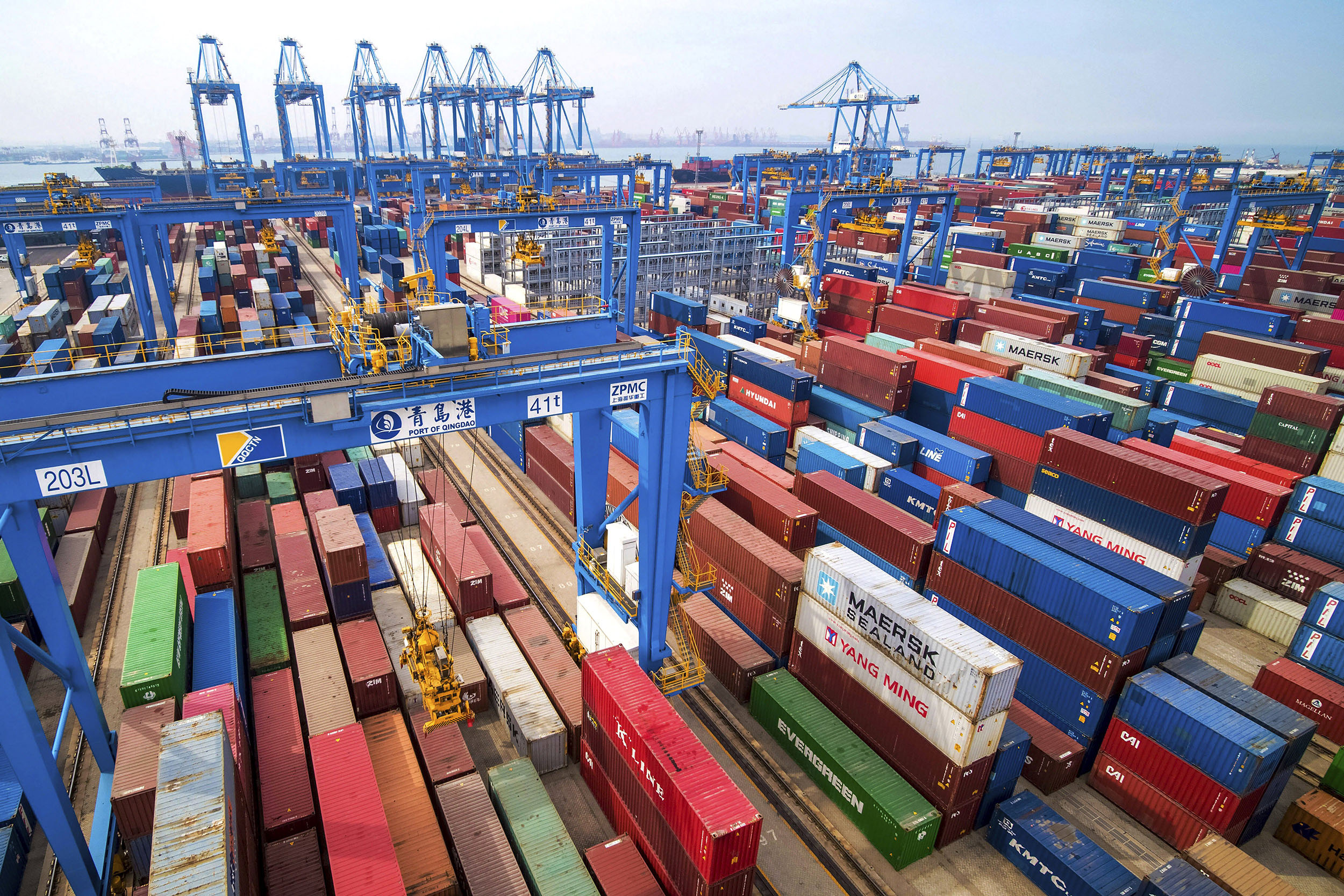According to data from the Petroleum Planning and Analysis Cell, due to increased consumption, especially by the city gas distribution companies and the power sector, India’s natural gas import bill increased by 17% to $8.9 billion during the first seven months of the current fiscal year from $7.6 billion during the same period last year. Compared to the equivalent time of the previous fiscal year, when the import bill was $1.1 billion, it was $1.2 billion in October.
India might have trouble finding competitively priced spot LNG cargoes as winter draws near due to increased LNG prices and a tight winter supply outlook, causing it to remain marginalized largely.
According to the data, between April and October, the nation imported 22,085 million standard cubic meters of LNG (liquified natural gas), a 22.2% increase over the same period in FY24. The nation’s reliance on imported gas rose from 46.7% in April-October of FY24 to 51.3% during the same time.
Nonetheless, the nation’s LNG imports are predicted to increase by 7% annually to 27 million tonnes in 2025. A steady rise in offshore gas production and pipeline infrastructure development to the northern areas will sustain the trend.
Compared to the same period last year, the nation’s natural gas consumption rose by 11% to 43,033 mmscm over the April–October period. India’s natural gas and LNG use is increasing, particularly in the city gas sector, and government initiatives are working to expand the country’s compressed natural gas (CNG) stations to 18,000 by 2032.
Furthermore, over the following five years, the Central Electricity Authority projects that the nation’s electricity consumption will increase at a compound annual growth rate of 7%. Since renewable energy is still in its infancy, there will likely be a greater reliance on gas and coal-fired power plants to supply the additional electricity demand.
The nation anticipates a rise in imports starting next year to keep up with the growing demand. This will also boost domestic production, which has been modest thus far. While domestic natural gas production to improve in the medium term due to a ramp-up in production from recent discoveries, the large new production anticipated to come on stream in FY25, and new gas discoveries in a few offshore fields.
Experts were cautiously optimistic about the strategy, despite the government’s stated willingness to provide more incentives to the multinational energy companies to entice them to invest in oil and gas exploration in Indian territory. To increase investor trust in India’s hydrocarbon sector, they recommended more flexible work schedules, the removal of the “windfall tax” on crude oil, and the waiver of the goods and service tax (GST) on capital equipment.

